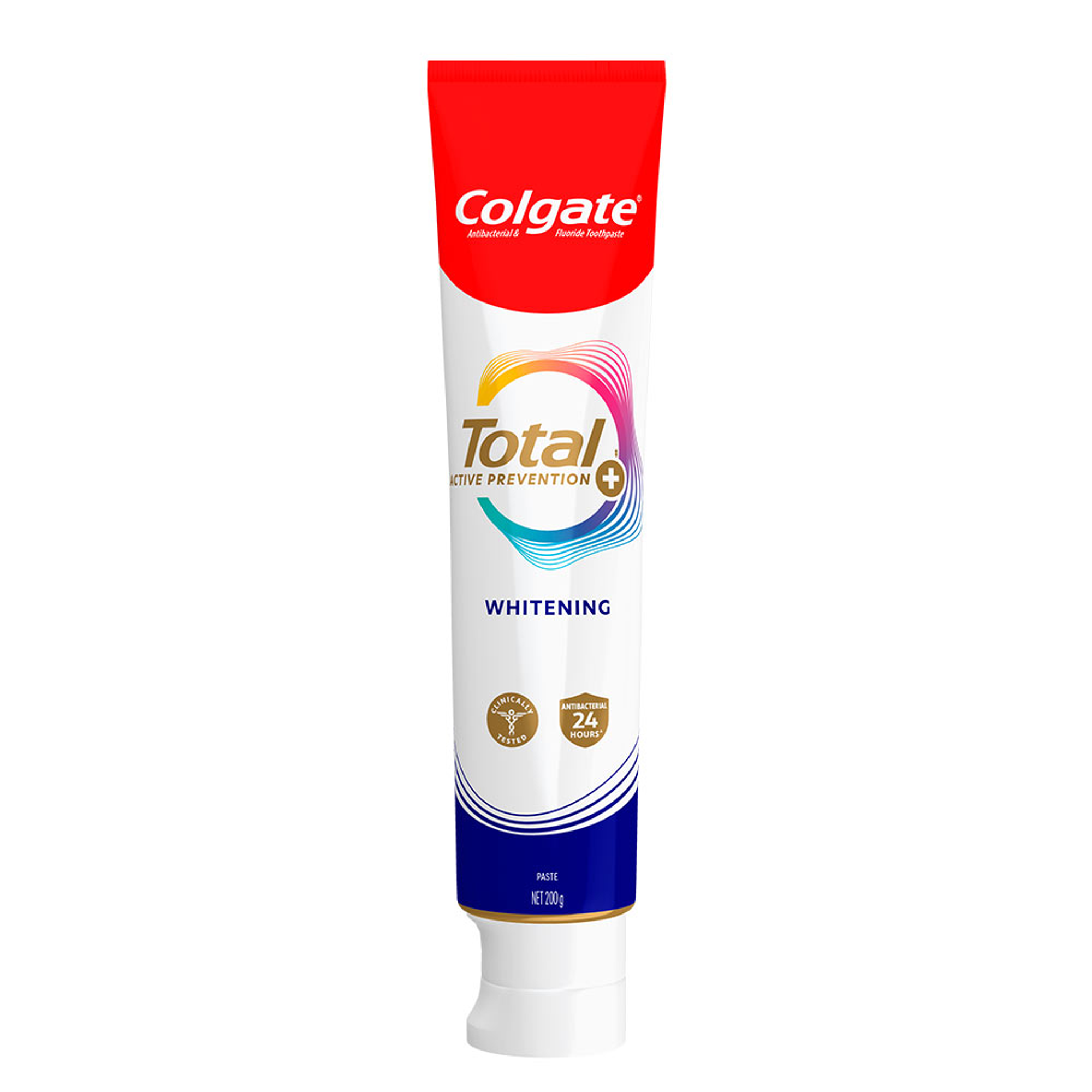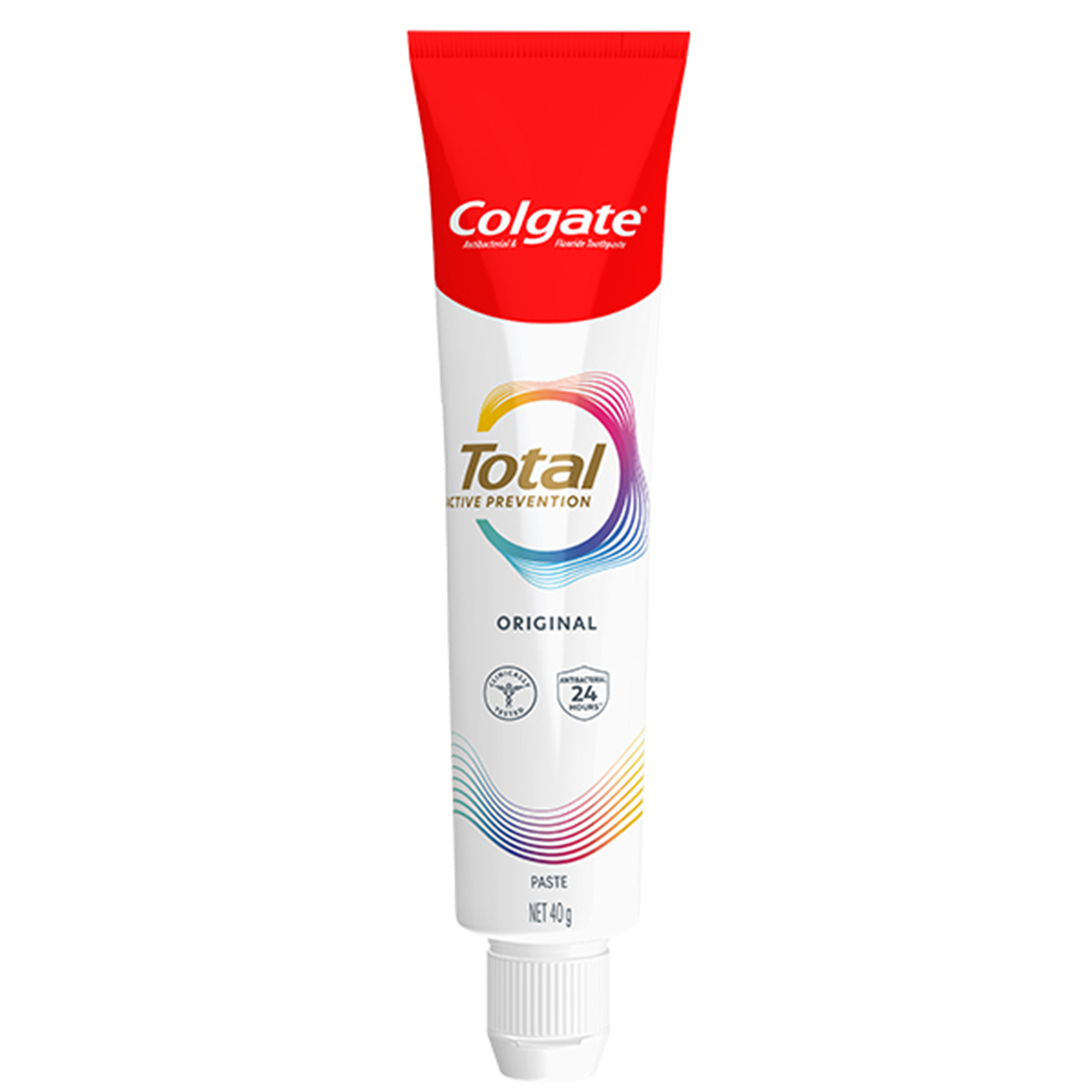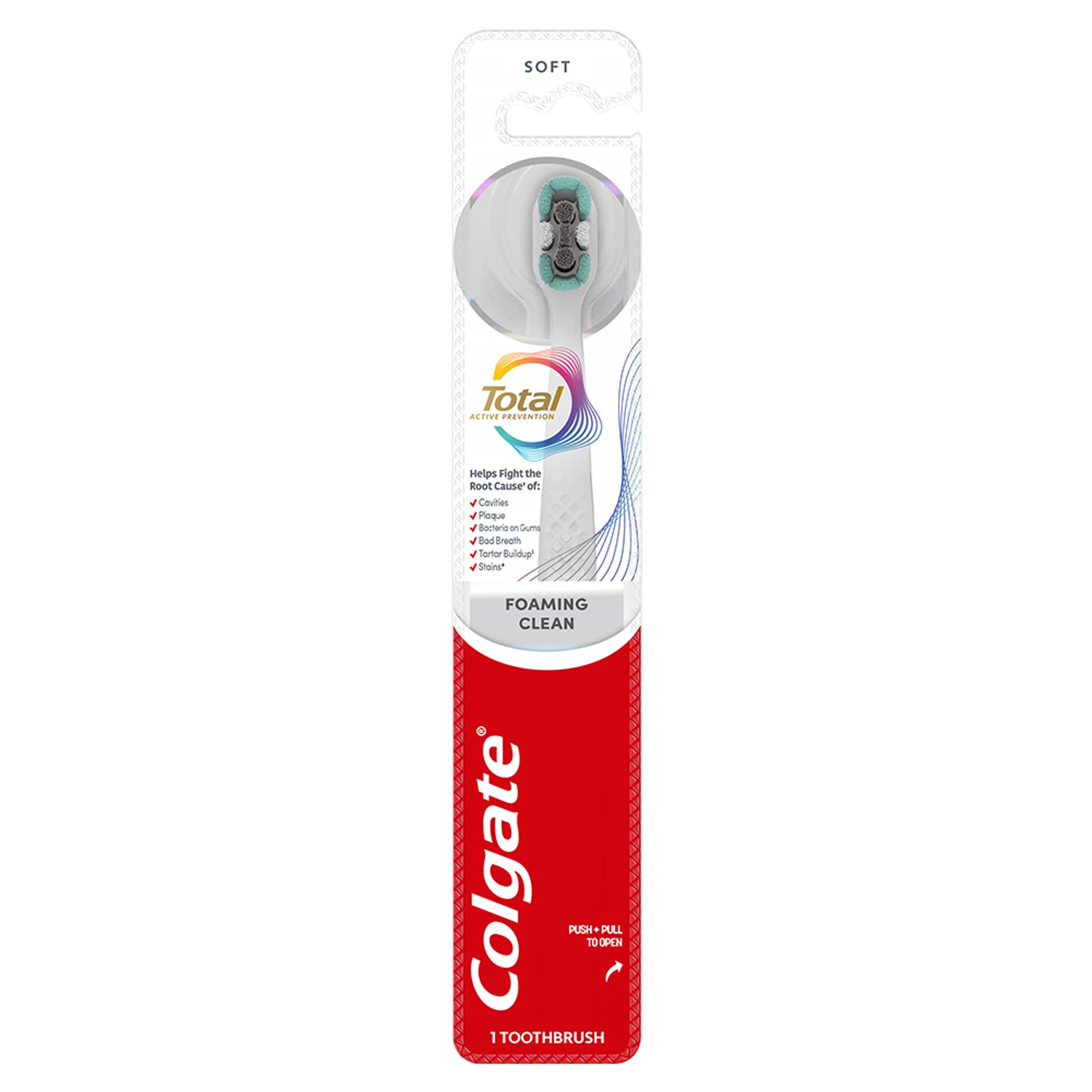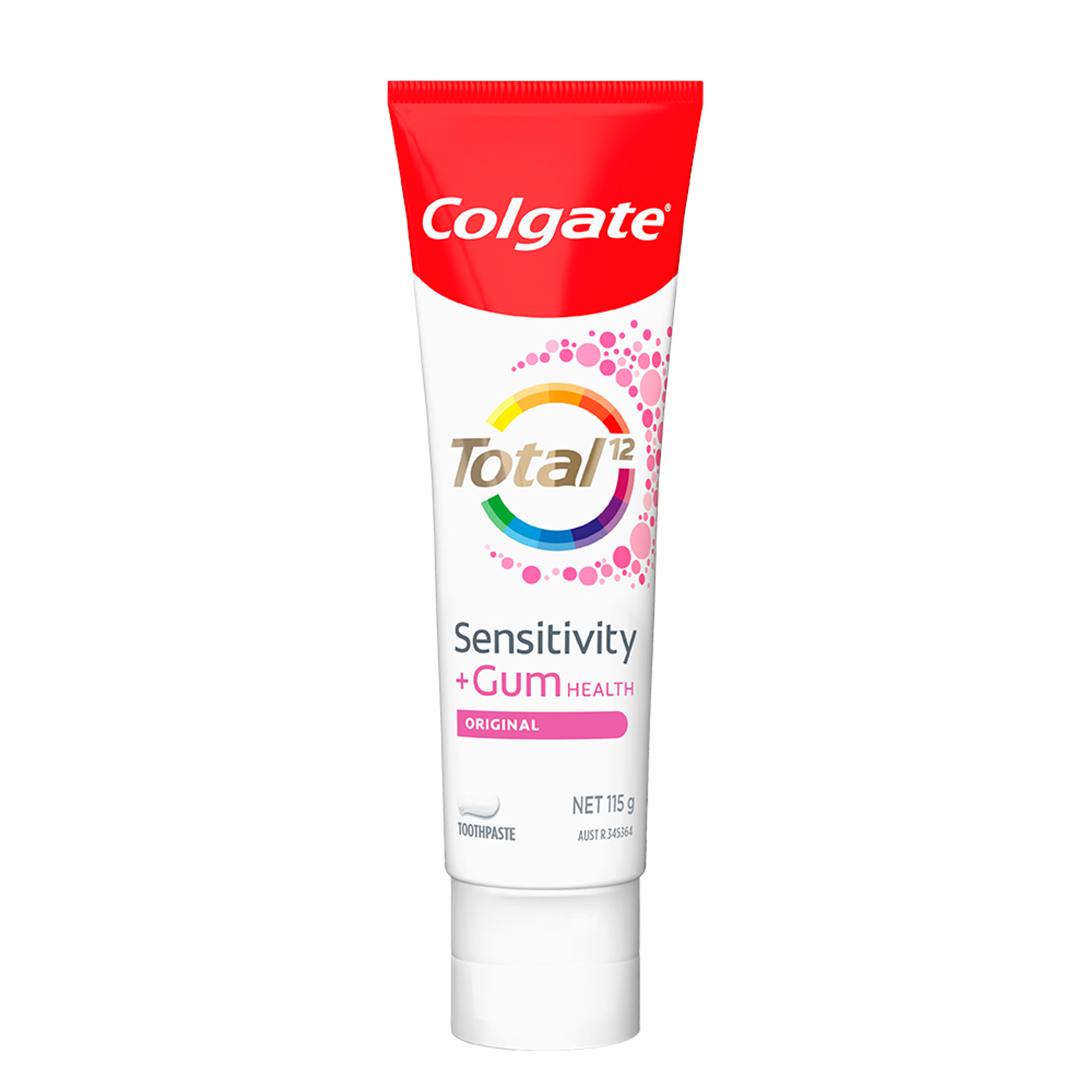What is incipient caries and what causes it?
Incipient caries is another name for early tooth decay. Caries is caused by a build-up of a sticky substance called plaque on the teeth. Plaque contains bacteria that feed on food debris in your mouth and then produce acid by-products, which then strip the minerals from your tooth enamel. Repeated exposure to these acid attacks eventually weakens the tooth enamel so much that it starts to break down.
Incipient caries is the very first stage of this decay process. It can be hard to detect without a dental professional, but Health Direct notes that it may show up as a white spot near an area where plaque often sits, for example, close to the gum line. This is sometimes also known as an incipient lesion, an incipient carious lesion, or a white spot lesion (a lesion is simply an area of tissue that appears different from the surrounding tissue). If a lesion has begun to heal itself, it will look shiny and feel hard and smooth.
Incipient caries most often occurs in places where plaque accumulates most, such as around your gums, in the grooves of the molar teeth, or around existing fillings. If left untreated, it can progress and develop into a cavity, or hole, in the tooth. It may also travel through to the softer dentine underneath the tooth enamel, or even to the pulp at the centre of the tooth. However, with proactive treatment, an incipient caries lesion can become inactive or even be reversed.
Managing incipient caries
A study by the University of Sydney found that treating early decay using the Caries Management System, which includes use of high-strength fluorides along with other measures, led to a 28% reduction in caries rates at four years post-trial, and a 47% reduction at seven years post-trial. This not only offers the advantage of saving teeth from fillings, but it proves more cost-effective too. Here's how these types of non-invasive measures can work to help repair your enamel.
- Fluoride. Fluoride is a mineral that combines with the calcium phosphate in enamel to make your teeth stronger. Fluoride also helps the replacement of minerals lost from acid attacks, which can stop the decay process. It's found in many water supplies and toothpastes thanks to its anti-cavity effects. For an extra boost to heal incipient decay, your dental professional may suggest higher-strength fluoride toothpastes, gels or varnishes.
- Sealants. Fissure sealants are applied to the chewing surface of molars to keep food and bacteria out of the deep grooves, and to prevent demineralisation of the tooth.
- Saliva. Your body’s natural defence against plaque and decay, saliva washes away food and bacteria and restores healthy pH balance in your mouth. As a bonus, it contains elements of fluoride, calcium and phosphorus to remineralise and repair enamel. If you want to keep the saliva flowing, chew sugarless gum or lozenges at regular intervals throughout the day.
- Cheese. This dairy snack may seem like an unlikely remedy, but Better Health explains that cheese and other milk products can protect against tooth decay by neutralising acidity in your mouth. It's especially helpful when eaten after a sugary food or drink, when acidity is high, as it helps to reduce acidity and stimulate saliva flow.
What you can do?
Luckily, even if you have the beginnings of tooth decay, there are several things you can do in the comfort of your own home to reduce your chances of ever facing the drill.
First, great oral hygiene habits are a must. That means brushing twice daily with a fluoride toothpaste, flossing once a day, and using a fluoride mouthwash.
Second, your diet can make a big difference to the health of your teeth. Sugar feeds the bacteria in plaque and triggers acid attacks that damage your teeth, so it’s a good idea to keep sugary foods and drinks to a minimum. Try not to snack between meals, too, as snacking means that your teeth are exposed to more acid attacks throughout the day.
Finally, be sure to visit your dental professional every six months. This gives them the chance to spot any early signs of tooth decay and take action before it reaches the drill-and-fill stage. They can also perform professional cleaning to remove plaque.
It's never a good day when you're told you have tooth decay, but if it's incipient caries, your day just got brighter! By keeping up with your home care and following your dental professional’s recommendations, you still have the chance to stop cavities in their tracks.
This article is intended to promote understanding of and knowledge about general oral health topics. It is not intended to be a substitute for professional advice, diagnosis or treatment. Always seek the advice of your dentist or other qualified healthcare provider with any questions you may have regarding a medical condition or treatment.














